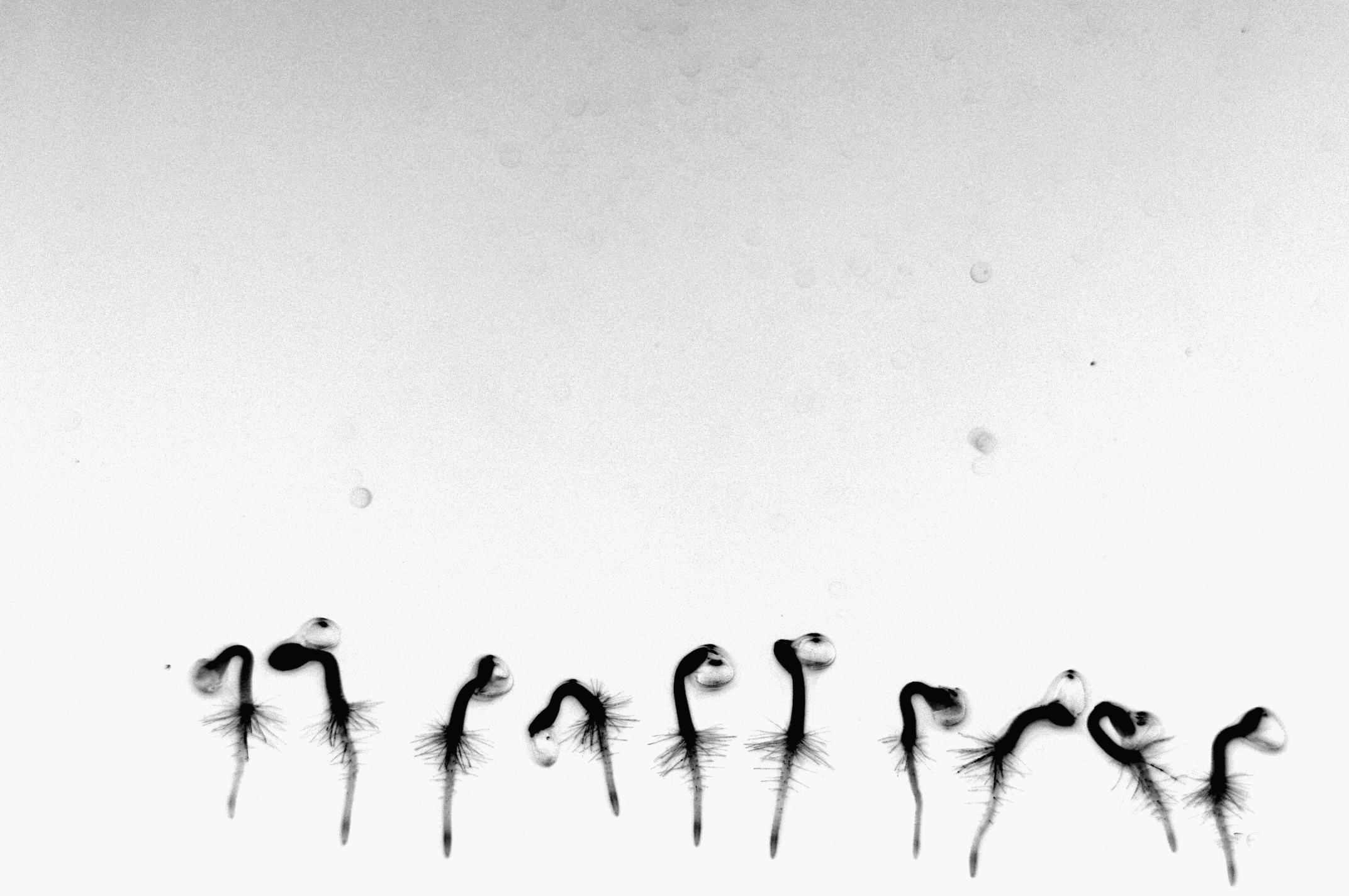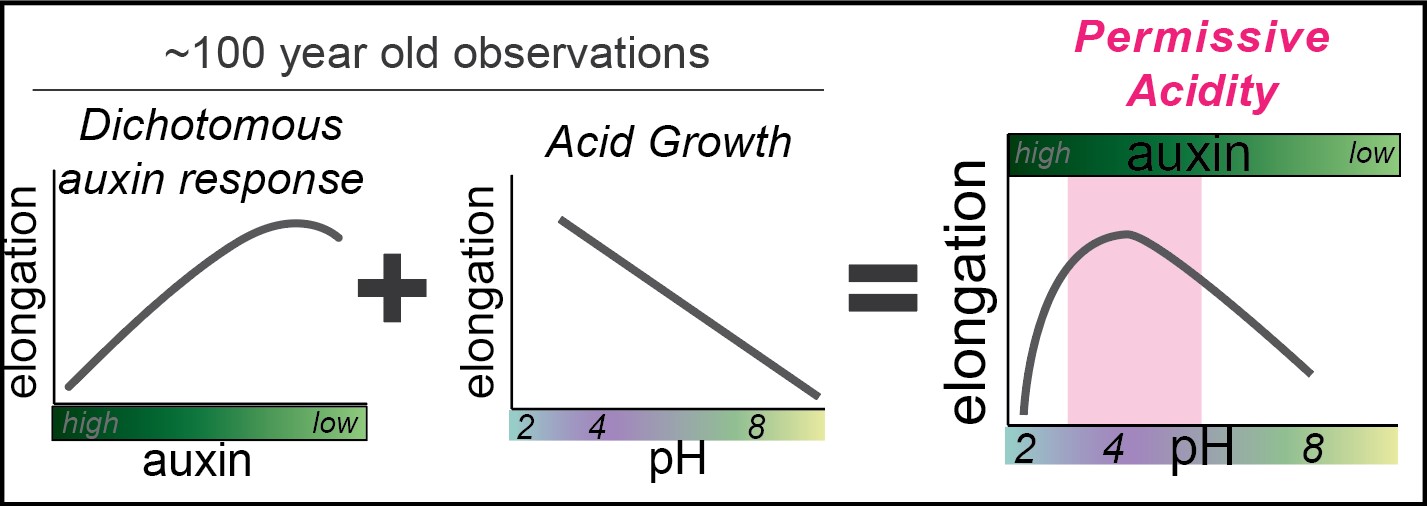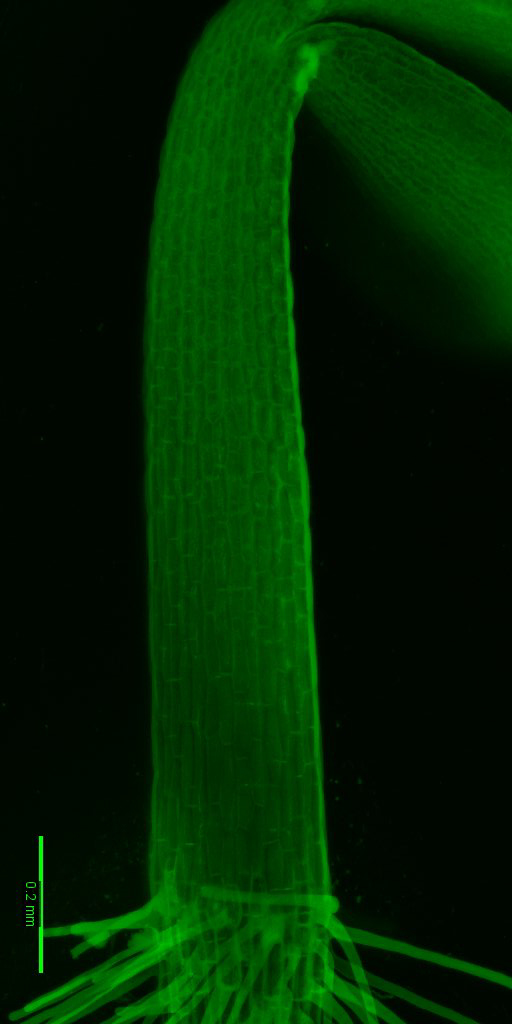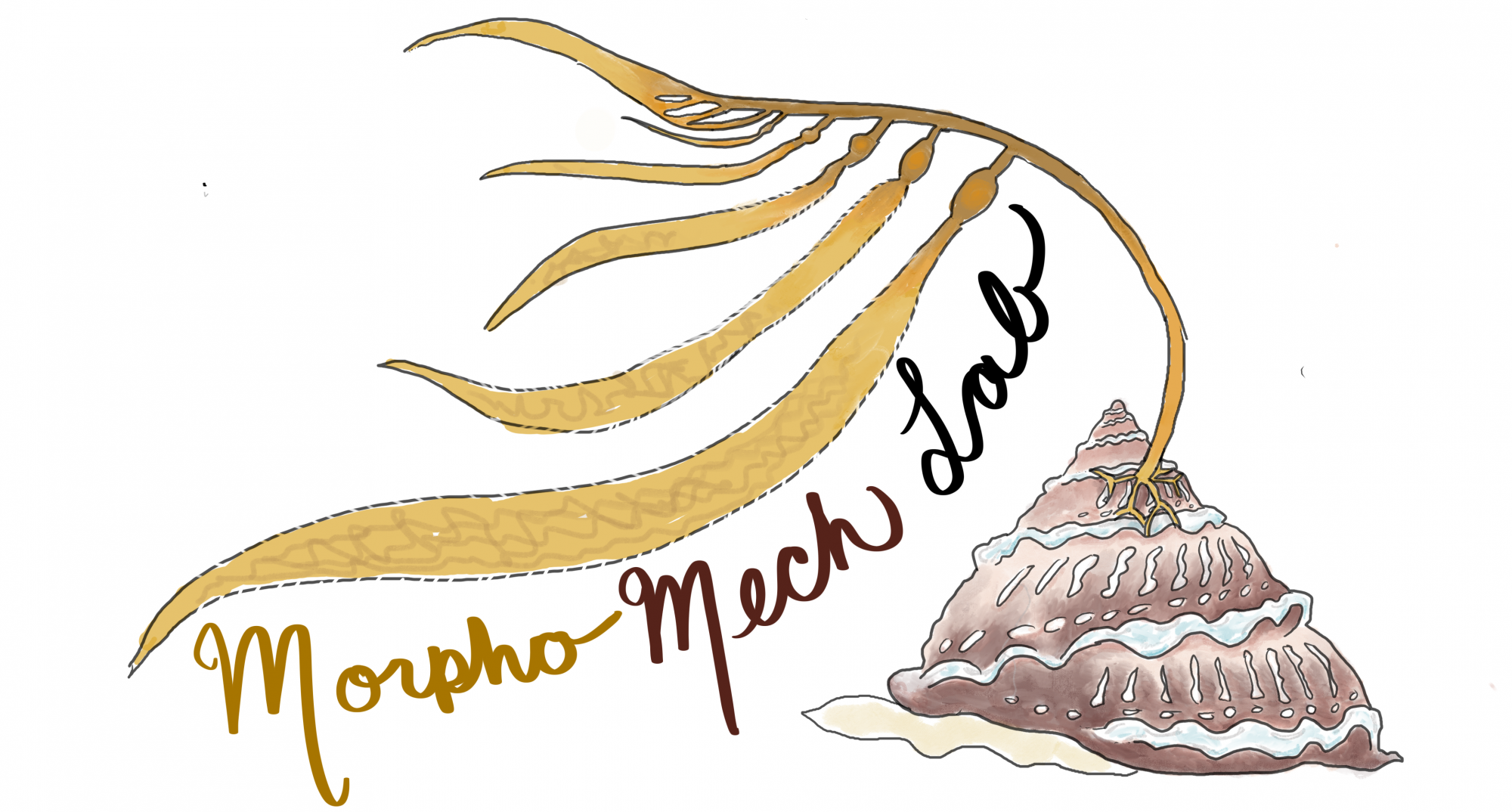The cell wall is a modulator of growth. For the past ~10 years, our research lab has been advancing knowledge of how the cell wall, as a material, impacts cell and organismal growth in plants and seaweeds. In both groups, a polysaccharide-rich cell wall encloses every cell within the organism, providing an interesting physical challenge: how do you grow when you are stuck inside a box? Current work aims to examine how directional growth is achieved and instructed. We take a systems-level approach by aiming to understand growth at the cell, tissue, organ, and organismal levels. We apply and develop quantitative methods, utilize the best biological system to answer our questions, and constantly look both forwards and backward to identify key concepts and tools in the field. Our approach includes development, plant physiology, cell biology, biochemistry, genetics, molecular biology, materials science, mathematics, and physics.

Current Research Projects in the Lab
Understanding acid growth. For ~100 years we have known that auxin can both inhibit and promote elongation. We have also known that cell wall acidity positively correlates with elongation (The Acid Growth Hypothesis). Our NSF Funded CAREER project is to unify these two seemingly disparate observations under a new theory of Permissive Acidity, whereby high concentrations of auxin can lead to walls that are too acidic to grow & not enough auxin leaves walls too basic to grow- creating a Goldilocks spot for optimal elongation!
This project is currently being spearheaded by Lauren Dedow, with past contribution from Emily Oren. Initial research for the project was conducted by S Braybrook and Firas Bou Daher.
 What the wave? Hormonal regulation of the hypocotyl cell elongation wave. Over 100 years ago it was first observed that dark-grown hypocotyls elongate through a patterned elongation process – basal regions elongate first, then middle, then the top region. This wave of growth in Arabidopsis is underlain by an acropetal (base to top) wave of cell elongation.
What the wave? Hormonal regulation of the hypocotyl cell elongation wave. Over 100 years ago it was first observed that dark-grown hypocotyls elongate through a patterned elongation process – basal regions elongate first, then middle, then the top region. This wave of growth in Arabidopsis is underlain by an acropetal (base to top) wave of cell elongation.
We are working to understand how GA, BR, and Auxin pattern the elongation wave in Arabidopsis.
